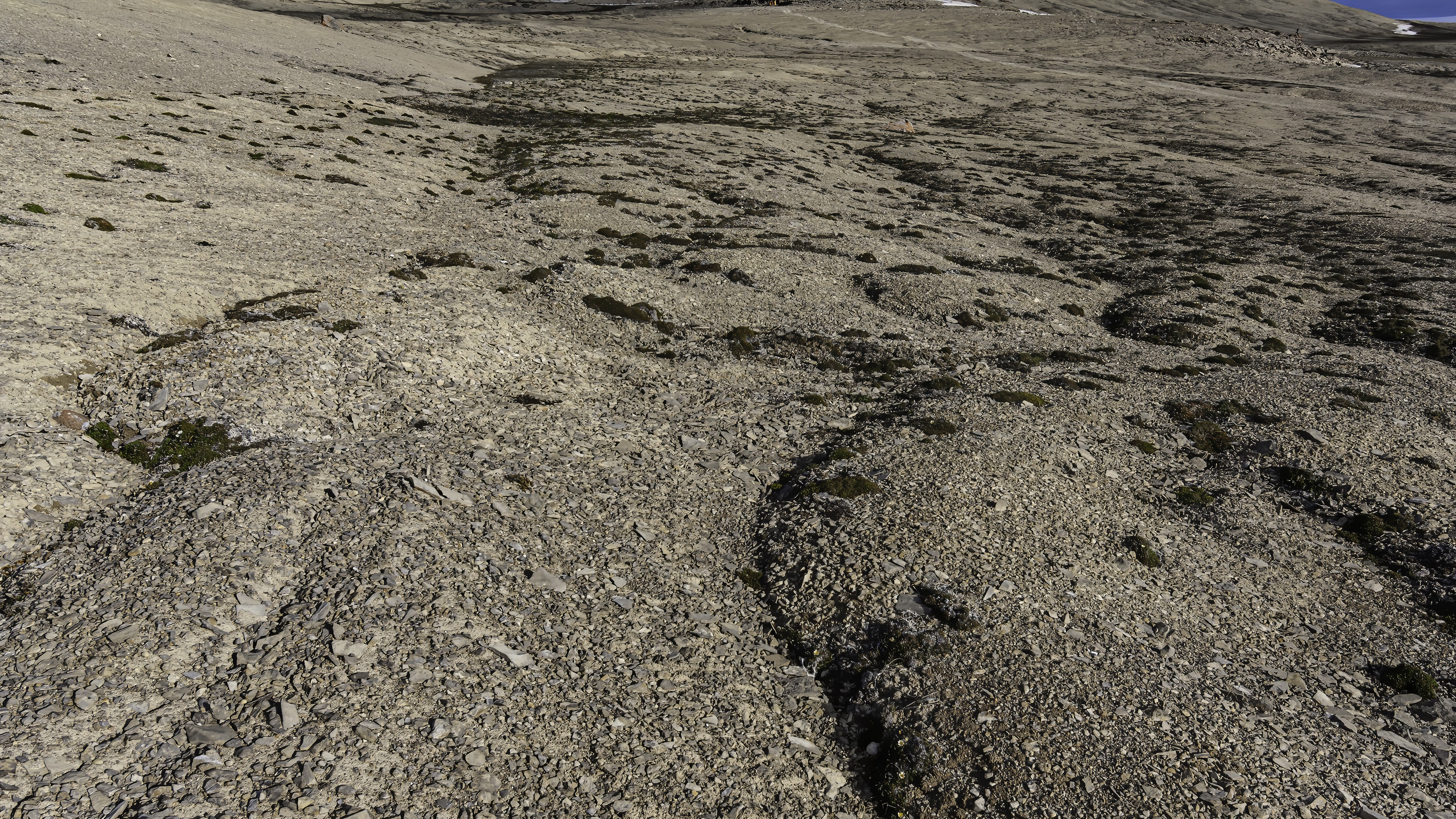NASA Mars satellite uncovers markings 'like paint dripping down a wall' on Martian surface
High-resolution satellite images have revealed dripping paint-like patterns on Mars that match those found on Earth, according to a new study.
The familiar soil patterns suggest that Mars and Earth were shaped by similar forces. On Earth, the patterns form on the slopes of cold, mountainous regions where soils freeze and thaw throughout the year. If Mars Once experienced similar icy, wet conditions, these areas might serve as excellent sites to investigate the possible impact of liquid water on forming Martian landscapes and their capacity to preserve evidence of past life.
"Gaining insights into how these patterns developed provides significant understanding of Mars’ climatic past, particularly regarding possible ancient freeze-thaw cycles. However, further research is necessary to determine whether these geological features emerged recently or much earlier," said the study’s lead author. JohnPaul Sleiman , a doctoral student in the department of Earth and environmental sciences at the University of Rochester in New York, said in a statement .
"Ultimately, this research could help us identify signs of past or present environments on other planets that may support or limit potential life," Sleiman added.
The researchers published their findings online March 26 in the journal Icarus .
Related: NASA rover discovers out-of-place 'Skull' on Mars, and scientists are baffled
On our planet, soil arrangements such as these are referred to as solifluction lobes They develop when a layer of frozen earth partly melts and becomes unstable, leading the soil to slide downward. This process forms undulating shapes on hill slopes in frigid areas. Although Mars is farther from the Sun than Earth and generally much cooler, these formations appear exclusively near its polar regions.
Some previous studies have suggested that Mars' high-latitude regions may have experienced freeze-thaw conditions in the planet's recent climate history, which would explain why it has similar lobes. However, there are many unanswered questions surrounding the Martian lobes, including why they appear to be significantly larger than those on Earth, according to the study.

By analyzing high-resolution satellite imagery of the Martian surface taken by the HiRISE camera aboard NASA's Mars Reconnaissance Orbiter, the research team saw that the wave-like landforms followed the same basic geometric pattern as those in Earth's Rocky Mountains, Arctic and other cold mountainous regions, according to the statement.
Study co-author Rachel Glade , an assistant professor in the department of Earth and environmental sciences at the University of Rochester, likened the landforms to patterns seen in fluids. These patterns "are large, slow-moving, granular examples of common patterns found in everyday fluids, like paint dripping down a wall," Glade said in the statement.
The team also confirmed that the Martian lobes were larger than Earth's — around 2.6 times taller on average. To explain this, they proposed that Mars has taller lobes because its gravity is weaker, which allows waves of accumulating sediment to grow taller before collapsing, according to the study.
The findings reinforce previous suspicions that Mars' lobes are — or were — linked to ground ice, with their patterns resembling what would be expected from fluid-like instabilities. However, the researchers couldn't be certain that liquid water was involved just from the satellite data. The authors suggested that future laboratory experiments could explore whether ice and liquid water are both required for the wave-like patterns to form.
Mars quiz Is your understanding of the Red Planet beyond earthly comprehension?
Enjoying this piece? To read more articles like this one, follow us on MSN by tapping the +Follow button at the top of the page.

No comments